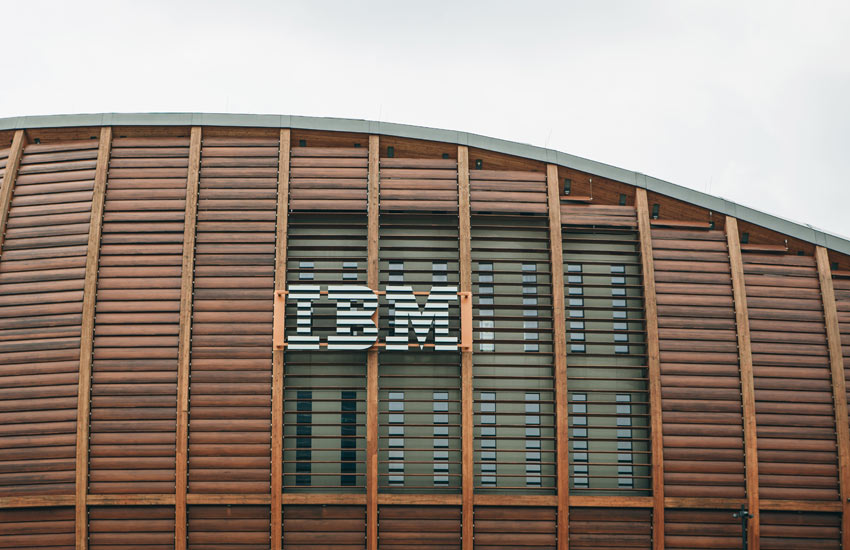Today at the Hyperledger Global Forum it was announced that IBM is open sourcing a large slice of additional Hyperledger Fabric code to increase adoption of the popular open source enterprise blockchain. The company was the original code contributor and continues to be a major maintainer of Hyperleder Fabric.
A significant number of blockchain applications use tokens, something that Fabric does not natively support, so a key open source contribution is the Fabric Token SDK. Additionally, it has open sourced the IBM Blockchain Platform Console, a previously licensed solution that makes it easier to manage a blockchain network.
Apart from contributing code to Hyperledger, there is a new IBM Hyperledger Fabric support offering for users that are not IBM Blockchain customers. In other words, open source Fabric users can buy support from IBM.
Kareem Yusuf, the General Manager of AI and Blockchain Applications, described the moves being to “further solidify and ensure we’ve got a vibrant (Hyperledger Fabric) base on which we can all innovate.”
Other areas where contributions are planned include interoperability. For him, IBM is gearing up for the next phase of blockchain adoption.
IBM isn’t backing away from blockchain
Ledger Insights caught up with Yusuf to elaborate on why IBM is taking these steps. As context, the IBM consulting division continues to expand. However, earlier this year, IBM restructured several areas and IBM Blockchain was rolled into Yusuf’s group, which was already home to the IBM Food Trust solution. There were some layoffs of mainly business staff. Additionally, last month, we revealed that three key members of the Hyperledger Fabric technical team, including the IBM Blockchain CTO, left the company of their own accord.
Asked if there were plans to replace Gari Singh as blockchain CTO, the answer is no. That’s because Yusuf’s division already has a CTO and there are ‘distinguished engineers’ in blockchain in his division and elsewhere in IBM. He also noted that IBM is keen to see other companies contribute to Fabric.
But to interpret that as IBM withdrawing from blockchain is inaccurate. “When people talk about backing away from blockchain, I think they don’t understand the fundamentals of what is going on,” said Yusuf. “A technology that can solve a critical problem you don’t back away from.”
“How and where you capture value, you have to figure that out. And that evolves as any software business would.”
The open source business rationale
A takeaway from the reshuffle is that the core technology side and IBM Blockchain Platform are not paying their way, so open sourcing the Console makes sense.
Yusuf outlined the areas where he sees IBM capturing value. One is consulting to implement specific use cases for clients. Plus, there are products or solutions, like IBM Food Trust and IBM Blockchain Transparent Supply which are also integrated with other solutions. Thirdly there’s revenue from providing enterprise-grade customer support, which we’d note presents an upsell opportunity as well.
“If you look at an underlying blockchain platform, it is a means to an end. And the end is some use case I’m going after,” said Yusuf. “I think it’s better to have a more vibrant and broadly adopted platform, which makes it easier to capture the value based on end-user implementations.”
Specifically, Yusuf believes that it’s through developing the applications – whether it’s traceability, carbon accounting, sustainability or something else – that one can identify what functionality needs to be in the base platform.
“We see ourselves moving into the phase of what I’d call broad-scale adoption. And when you think about broad adoption of technologies, you have to fixate on the use cases,” said Yusuf. “Nobody uses a blockchain for a blockchain. They use a blockchain to do something.”
He concluded, “We haven’t backed away from blockchain. We are really focused on how do we put it to productive work.”






